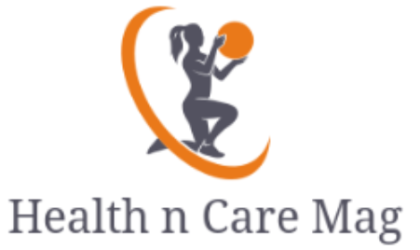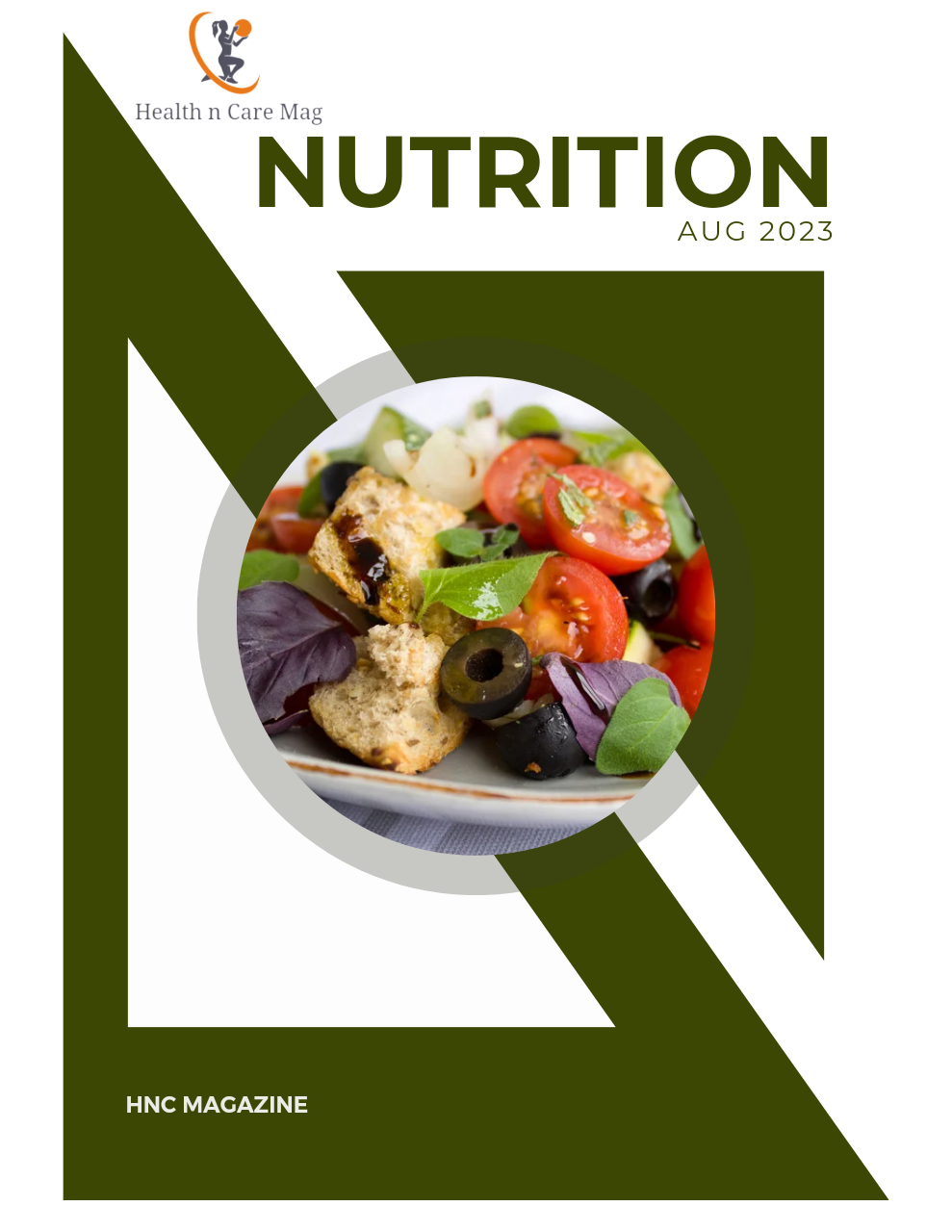Advantages Of Undergoing Treatment For Alcoholism
In stating rehabilitation, it may include physical, psychological and spiritual treatment. Seeking the truth about treatment centers for alcohol addiction is an excellent step to recovery. Origins of addiction to alcohol and related treatments vary depending on the medical and mental health professionals. Alcoholics Anonymous (AA) is a 12-step program and is the most popular alcohol abuse therapy. AA tackles with physical, emotional, social and spiritual needs and offers a support group with other individuals in several recovery stages. Seek help immediately if you or a loved one is having problems with alcohol or drugs.
Defining Alcoholism and its Brief Background
Alcoholism and alcohol dependence is known as a disease that comprises the inability to handle its consumption, having strong urges, physical dependence and an increased alcohol tolerance. Formerly in the 1980, the Diagnostic and Statistical Manual of Mental Disorders (DSM), used the word “alcoholism” to describe substance abuse as released by the mental health profession. The DSM-III placed alcoholism into two various groups: “alcohol abuse” and “alcohol dependence”, in the year 1987. In 1994, wider subsets within the categories and the specifications for diagnosis were developed by the DSM-IV. These classifications consist of: (a.)behavioral patterns, (b.)abstinence periods, (c.)social and or legal problems, and (d.)psychological symptoms that are already coexisting (including depression and anxiety). People who are more susceptible to developing full-blown alcohol addiction are those with alcohol dependency.
Unveiling the Addiction
Finding out the root causes of addiction are searched by the mental health professionals and rehabilitation carers. One of these is anatomical predisposition, which means that addiction to alcohol runs constantly throughout generations. Nonetheless, there are also present coexisting causes such as psychological, social, and or spiritual factors. The AA model is a holistic strategy. Meaning, it merges possible root causes and splits them down into 12-steps. Depending to the person’s circumstance and pace, each step is quite individualized.
Various Kinds of Treatment:
I. Inpatient and Outpatient Treatment Method
Inpatients and outpatients are ushered by mental health professionals who specialize on alcohol abuse on a case-to-case basis. What are alcohol addiction treatment facilities? Alcohol abuse treatment centers are services which include psychotherapy which is focused on “talk therapy” and/or psychiatric therapy which is more on prescribing medication. The affected person needs to go through “abstinence” first which means that he/she has to quit drinking alcohol first to actually begin the therapy. Then the following steps that follow will be based on the therapy model.
Inpatient therapy varies from long-term to short-term according to the person’s capacities since this therapy is for those who cannot function well at home, work or socially and requires a continuous treatment and must be monitored by health professionals. This treatment also often includes medication, cleansing and psychiatric therapy. Outpatient therapy, on the other hand, has different treatments. Any combination of psychotherapy, detoxification, prescription medication or attend AA 12-step programs may be undergone by the individual.
II. Medication and Detoxification
Given medications are widely-used to assist the patient deal with insomnia, minimize cravings, reduce anxiety and correlated withdrawal symptoms, like frequent shaking, sweating, and nervousness. If an individual under some certain medications drinks alcoholic beverages, he/she may become physically sick.
Detoxification or detox is a method where the individual undergoes a sequence in getting rid of toxins in the body and may be used together with certain medication. This method includes abstinence and some restrictions in the diet. Programs vary due to the range in methods of detoxification. Undergoing detox should always be supervised by a health care professional.
III. HALT Method
When a patient begins having a strong craving and want to drink alcohol, the HALT Method is used. This is an abbreviation commonly applied in the 12-steps program as a self-assessment tool. This self-assessment tool facilitates the individual to determine the high probability of alcohol craving if they experience hunger, anger, feeling lonely and/or exhausted. The person is advised to explain appropriately when he/she assesses that his well-being is in regards to any of the said emotions like, taking a nap, exercising, eating, calling a friend or loved one, or praying.
Recuperation
Recuperation and recovery from alcohol addiction is gained through an ongoing adjustment of behaviour and abstinence though the rate of success can vary among individuals. Learning the tools to handle anxiety, stress or depression allows the person to grow and practice healthy habits with correct therapy. Strategies for recovery includes educating the alcoholic person to distinguish environmental, personal, specific thoughts or emotional triggers to drink alcohol and also teach the tools for effectively coping with ones stress, cravings, and unhealthy environments or circumstances. Recovery from alcoholic beverages and other substance addiction is particularly an advantage in accomplishing long-term physical, mental, social and spiritual well-being.



